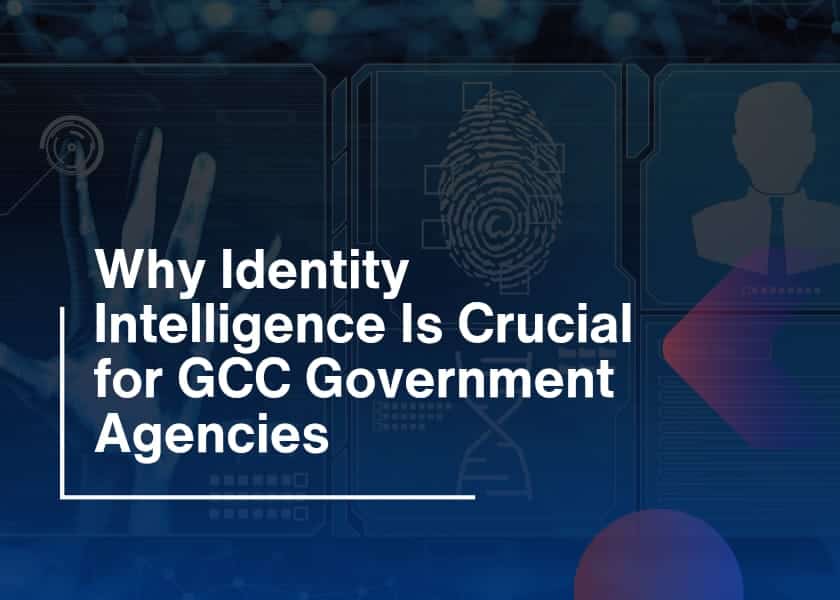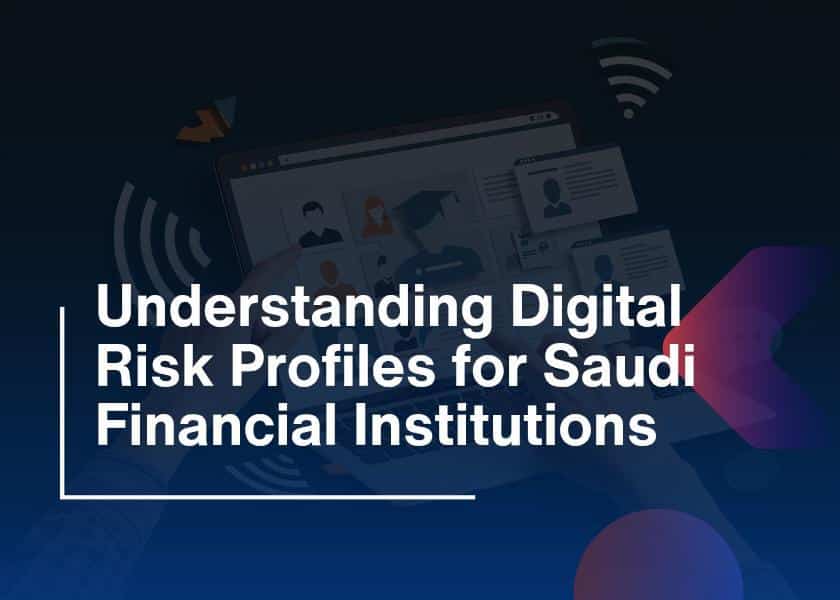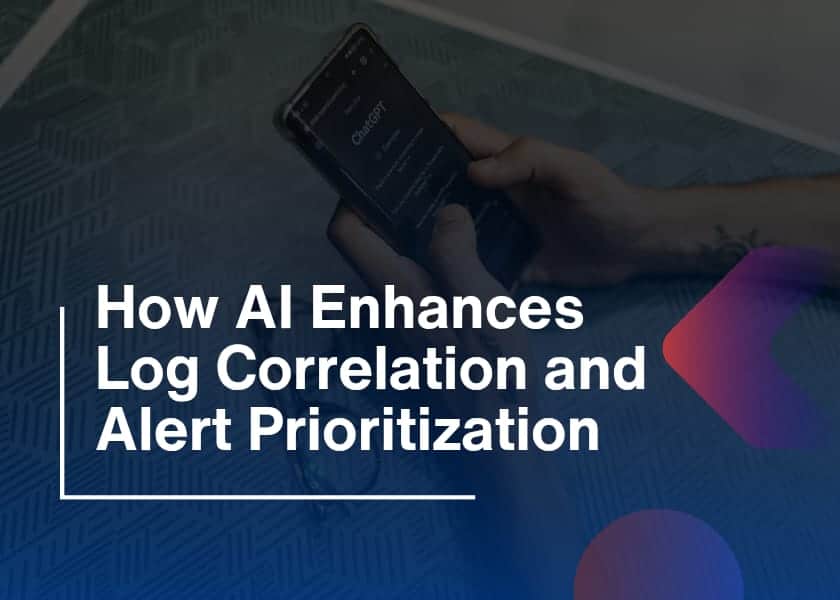Staying compliant in Saudi Arabia isn’t easy. With strict rules from SAMA and ever-evolving NCA GRC policies, many businesses feel lost. They struggle with unclear guidelines, outdated systems, and a lack of internal awareness. If you’re a business leader, you’ve likely asked: Are we doing enough to stay compliant? That’s why a strong GRC strategy in Saudi Arabia is more important than ever. It’s not just about checking boxes. It’s about protecting your business, your customers, and your future.
In this blog, we’ll break down a step-by-step guide to help you build a GRC framework that aligns with SAMA compliance and supports NCA GRC policies.
Why a GRC Strategy in Saudi Arabia is Crucial for Modern Businesses
A good GRC strategy in Saudi Arabia keeps businesses on the right side of the law by sealing the cracks where sensitive information can be leaked to prevent financial penalties. Saudi regulators are tough, and there is a reason for this; they are strict for their people’s sake. The costs that have been incurred due to cyberattacks, fraud, and poor governance to businesses have been rated in millions.
For instance, SAMA compliance means that the financial institutions should opt for safe practices from NCA and GRC policies to enhance cybersecurity in various sectors. Failure to follow such instructions in your business will cost your public support to reputation.
Moreover, Vision 2030 requires businesses to demonstrate their ability to handle risks smartly. So, a strong GRC plan will show you are equipped to grow in a safe, responsible manner.
Steps to Build a GRC Strategy in Saudi Arabia
Step 1: Understand SAMA and NCA Requirements
Before building any GRC framework, study the rules.
- SAMA compliance guidelines apply to banks, insurance firms, and other financial institutions. These rules cover everything from data protection to internal audits and risk assessments.
- NCA GRC policies, on the other hand, focus more on cybersecurity. They require organizations to secure networks, manage incidents, and build cyber awareness.
You need to read the documents published by these authorities and understand how they apply to your sector. If you’re unsure, speak to legal or cybersecurity consultants. This step is vital; it forms the base of your entire GRC strategy, Saudi.
Step 2: Assess Your Current Position
Now that you know what’s required, look at what your business already has. This is called a GRC gap analysis. Ask yourself:
- Do we have written policies and controls?
- Moreover, how are we managing risks?
- Are we following all cybersecurity protocols?
- Lastly, are there regular audits and staff training sessions?
Then, create a report showing where your organization meets the standards and where it falls short. This will help you focus your efforts on the areas that need improvement.
Step 3: Define Clear GRC Objectives
Once you know where your business stands, define clear goals. These goals should match the size and type of your business.
For example, A fintech startup may focus on SAMA compliance for data protection and risk assessment. A government entity may prioritize NCA GRC policies around cybersecurity and infrastructure. So, make sure your goals are SMART:
- Specific
- Measurable
- Achievable
- Relevant
- Time-bound (SMART)
Clear goals will guide every part of your GRC efforts—from team training to technology upgrades.
Step 4: Build a Governance Framework
Governance is the “G” in GRC. It covers the structure of your organization, decision-making processes, and roles and responsibilities. To meet SAMA compliance, businesses must show that they have clear leadership and oversight. For example, you might need to appoint a GRC officer or a team responsible for compliance.
Make sure governance includes:
- Regular reporting to leadership
- Clear communication between departments
- Moreover, policies are reviewed and updated regularly
Thus, this helps everyone in the company know what is expected and who is responsible for what.

Step 5: Strengthen Risk Management Processes
Here’s how to align your risk practices with SAMA and NCA:
- Identify all possible risks: financial, legal, operational, cyber, etc.
- Rank them based on likelihood and impact.
- Put in controls to reduce these risks.
- Monitor these risks continuously.
Remember, NCA GRC policies stress proactive cybersecurity risk management. That means preventing cyber threats before they happen, not just reacting after an attack. So, with these steps, you’ll build a more resilient GRC strategy in Saudi Arabia that can handle future threats.
Step 6: Ensure Regulatory Compliance
Now, let’s speak about the “C” in the GRC, which stands for Compliance. Complying with SAMA and NCA GRC policies demands regular audits, record keeping, and updates. So, you must:
- Maintain records of controls, assessments, and incidents.
- Train the employees regarding new laws and internal rules.
- Lastly, test your systems to make sure they are up to the standards required.
Non-compliance may result in hefty fines, a spoiled reputation, and even shutdown. It is for that reason that compliance should never be a done thing, but should be a process.
Step 7: Use Technology to Your Advantage
There are things that you do not need to do by hand. Instead, use GRC software and tools that let you track whether you are compliant with standards, automate risk checks, and keep documents. Many platforms also notify you when something changes in the regulation or if there is an open channel in your system.
- So, ensure the tools that you select support SAMA compliance reporting formats
- NCA GRC policies concerning cyber defence
- Integration with your current systems
Because this can help you save time, minimize the risk of human error, and make you more accurate.
Step 8: Train Your Employees
A good GRC plan would be useless if employees didn’t follow it.
- So, invest in training.
- Educate your team on: How to spot cyber threats
- What to do in the case of a data breach
Their contribution ensures that the company is compliant. Furthermore, periodic training also enables you to become SAMA compliant to demonstrate your consideration of GRC in front of the regulators.
Step 9: Monitor, Review, and Improve
Finally, do not forget that a GRC strategy in Saudi Arabia is not “set it and forget it.” The facts of life change, new threats, new rules, and new technologies arise.
- So, schedule regular reviews:
- Audit your compliance every quarter.
- Check your risk management plan every six months.
- Lately, review your policies annually.
Moreover, use the input from your employees, regulators, and technology to make your system better. This makes sure that your business is ahead of the issues and always compliant with SAMA and NCA requirements.
Final Thoughts
Developing a strong GRC strategy in Saudi Arabia with SAMA compliance and GRC policies does not sound like an easy task, but quite practical if the proper approach is taken. First, understanding the rules, evaluating your gaps, and setting precise goals.
Create a governance, risk, and compliance framework. Then, use technology wisely, and never stop training your team. Most importantly, keep improving. Because with a good GRC plan, your business will be strong, reliable for the future.





